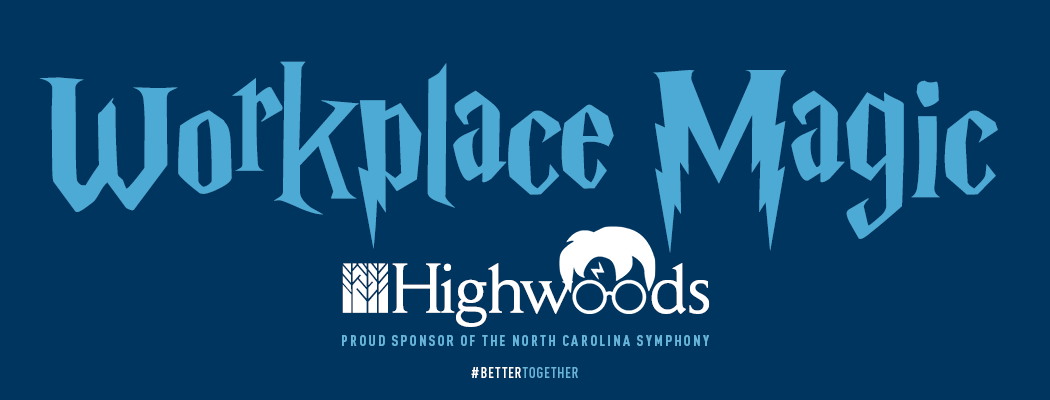Symphony No. 5 in D Minor, Op. 47
Dmitri Shostakovich (1906-1975)
THE STORY
Dmitri Shostakovich established an international reputation while a conservatory student with his First Symphony, composed at the age of 19. The two single-
movement symphonies that followed sustained the composer’s reputation— yet official criticism over his 1934 opera Lady Macbeth of Mtsensk would soon dampen the rising star’s fame. Controversial for its musical depictions of vulgar themes, Lady Macbeth ran 97 performances both domestically and abroad before Pravda, the official Party newspaper, published an anonymous article (“Muddle Instead of Music”) denouncing a work that “tickled the perverted taste of the bourgeois.”
Keenly aware that his fate rested on the Fifth Symphony, Shostakovich described the Symphony as “A Soviet artist’s practical, creative reply to just criticism” and reverted to the traditional four-movement structure. The first movement was interpreted as the protagonist in crisis; the inner movements depicted suffering, and the finale resolved all former tragedies with triumphant heroism. The premiere in 1937 was greeted with a 50-minute ovation, and the Fifth would become the most frequently performed of Shostakovich’s 15 symphonies. Narrowly escaping his fate among many purges and deportations during Stalin’s Great Terror (1936-38), Shostakovich firmly reestablished his position as the Soviet Union’s most celebrated composer.
LISTEN FOR
- The grim march led by the horns in the opening Moderato movement closing peacefully
- A jocular waltz in the second movement Allegretto that grows increasingly grim and grotesque
- The hauntingly poignant Largo scored with strings divided into three sections instead of the usual two—and completely without brass instruments
- The percussive march in the Finale leading to a victorious and emphatic conclusion
INSTRUMENTATION
Piccolo, two flutes, two oboes, two clarinets, E-flat clarinet, two bassoons, contrabassoon, four horns, three trumpets, three trombones, tuba, timpani, percussion, two harps, piano, celesta, strings
Notes on the music by Joanna Chang

